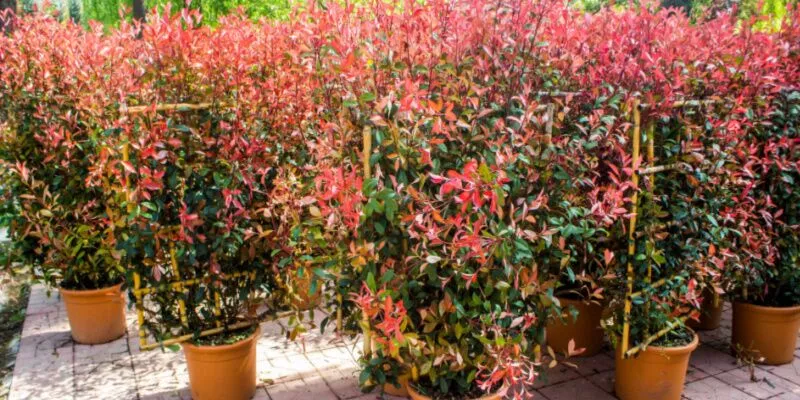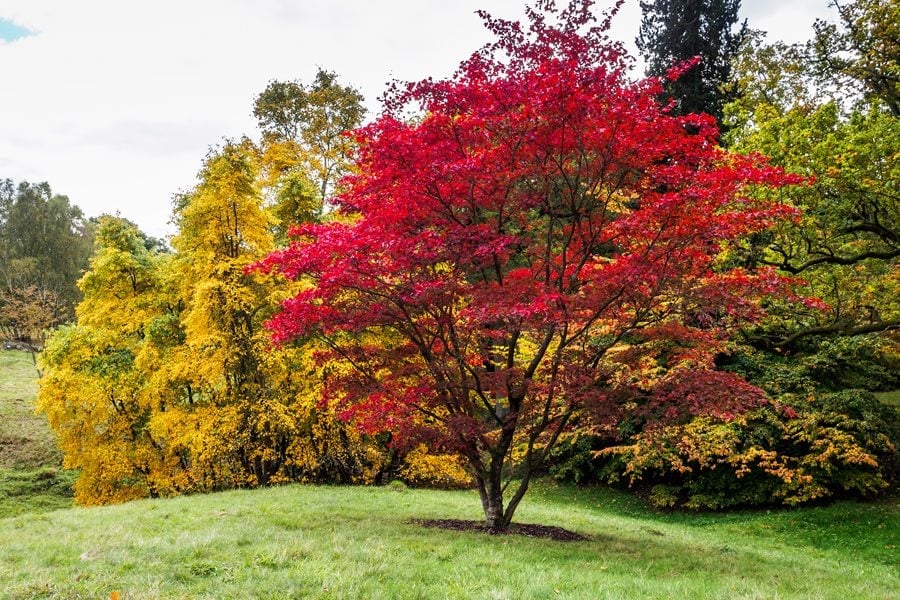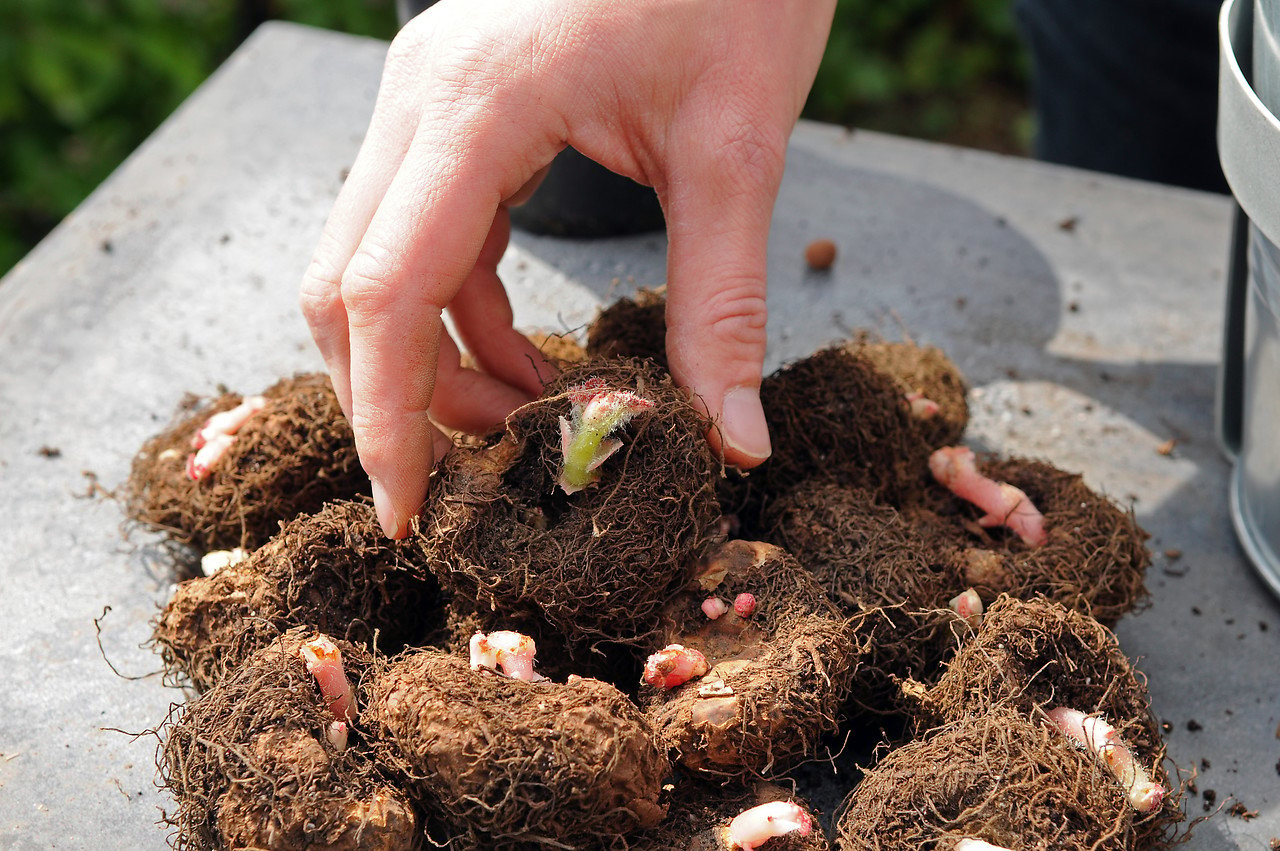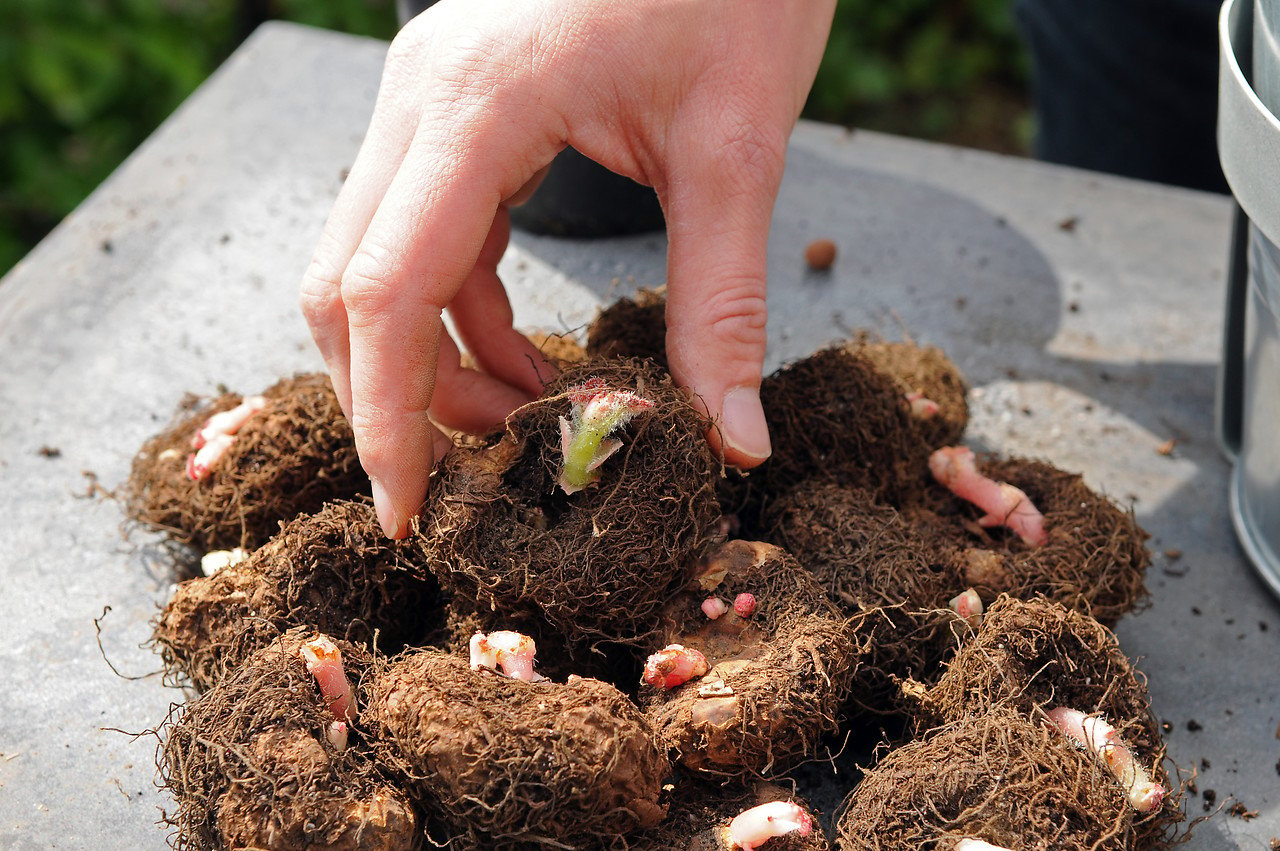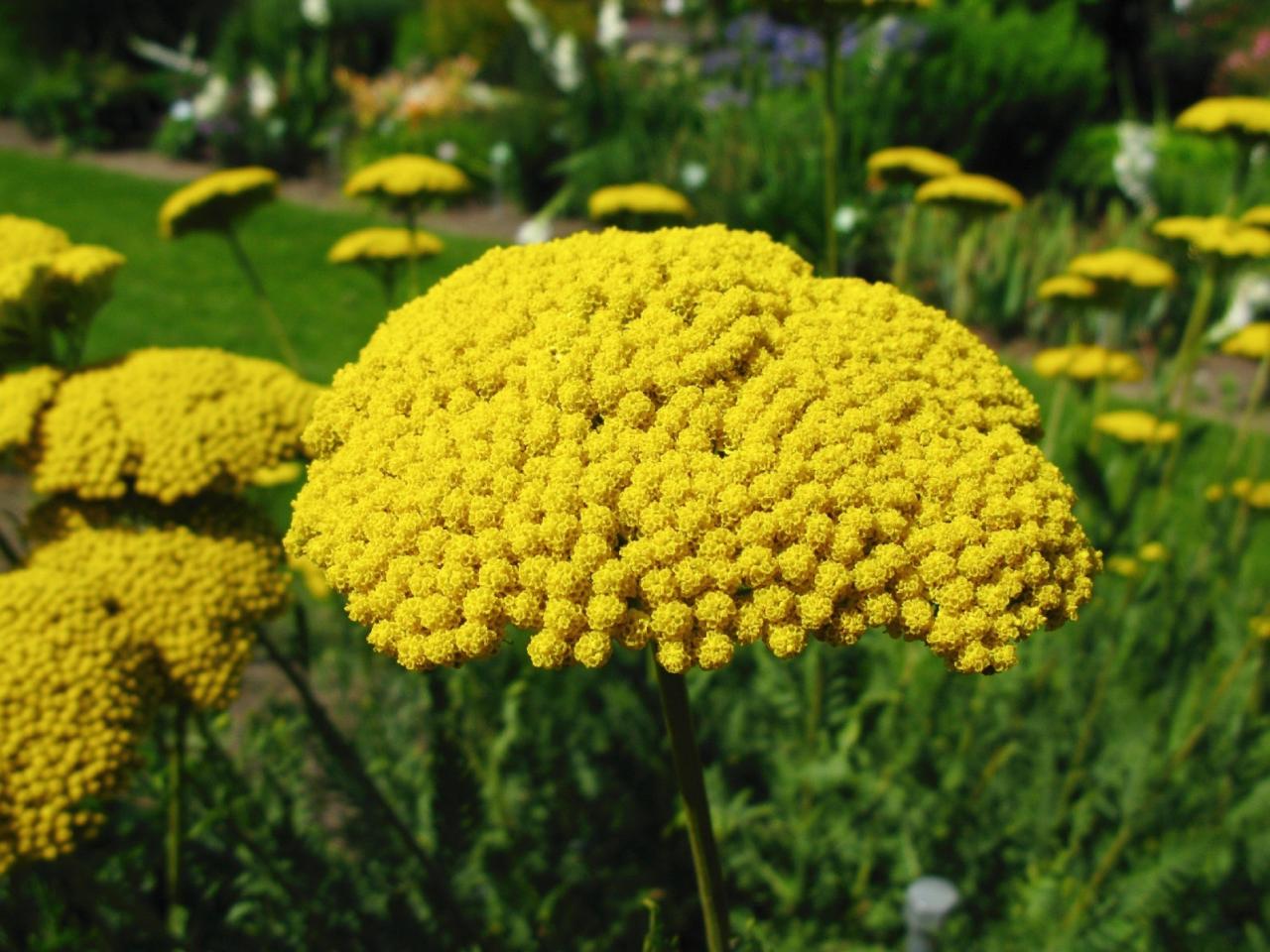Do Acer Leaves Fall Off in Winter?

Table of Contents
If you are currently maintaining an Acer tree or planning to plant a new one, you must have a lot of questions in your mind regarding their maintenance and growth requirements. If you also have questions like when to prune acer, how to maintain them, and the best time for their growth, then you are at the right place as you will get all the necessary information. One big question that many people have is whether acer leaves fall off in winter.
Keep reading the article further to have all your questions answered!
Do Acer Leaves Fall Off in Winter?
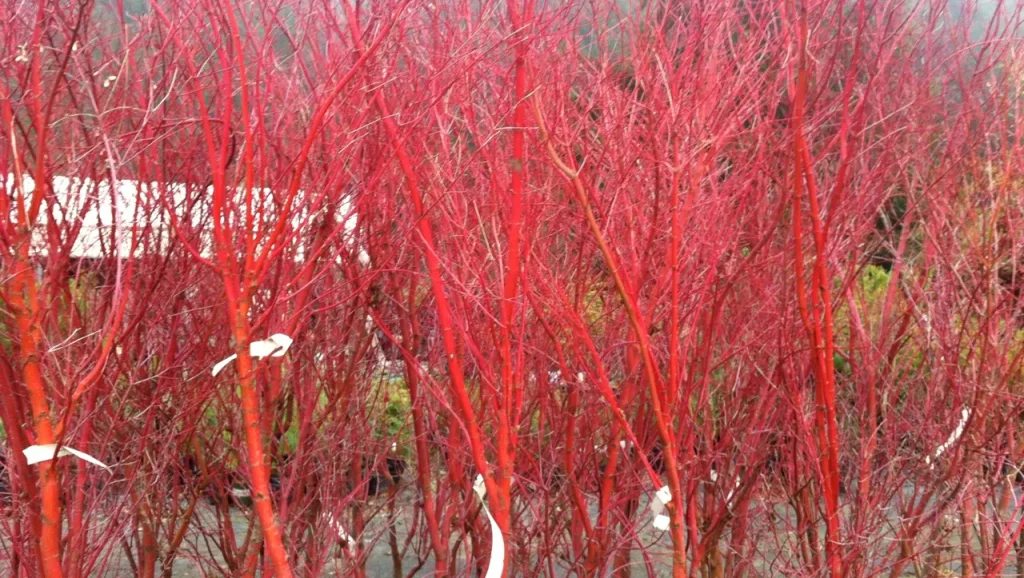
Yes, Acer leaves typically fall off in winter. This is part of the natural process that deciduous trees undergo as they prepare for colder months. Deciduous trees, including the Acer species, shed their leaves in the fall as a survival strategy to conserve water and energy during the months when water availability might be limited, and the cold temperatures can make photosynthesis less efficient.
- The process of leaves falling off in the fall is known as leaf abscission. As the days shorten and temperatures drop, trees respond by producing hormones that signal the leaves to detach from the branches. This process is triggered by the decline in chlorophyll production, which is responsible for the green color of the leaves. As chlorophyll breaks down and other pigments become more visible, the leaves change colors and eventually drop.
- Once the trees have fallen off, the tree enters a state of dormancy for the winter. During this period, the tree conserves energy by reducing metabolic activity and focusing on maintaining its basic functions. This dormancy helps the tree survive the harsh conditions of winter.
- In the spring, as daylight hours increase and temperatures rise, trees like the Acer species will begin to produce new leaves, starting the whole cycle again. The emergence of fresh, vibrant leaves in spring is often a highly anticipated and beautiful event, marking the end of the dormant period.
- It is important to note that while most Acer species are deciduous and lose their leaves in winter, some evergreen varieties of Acer retain their leaves all year round. These evergreen species are adapted to tolerate colder temperatures and retain their leaves as a way to continue photosynthesis throughout the winter months.
How to Maintain Acer Trees During Winter?
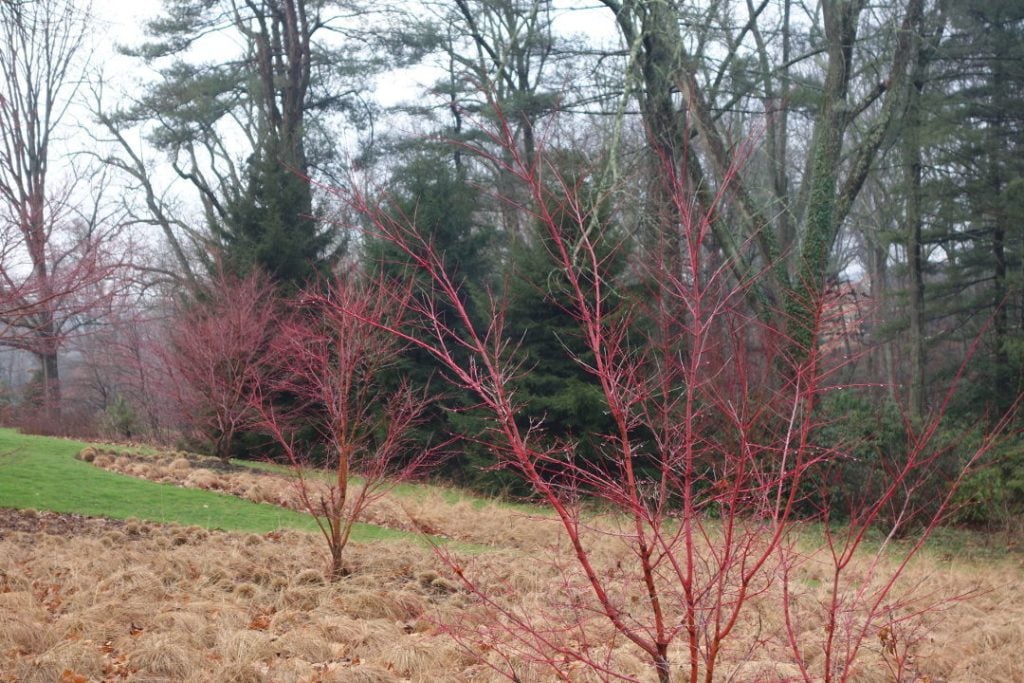
Maintaining Acer trees during the winter involves protecting them from the cold temperatures. Here are some tips for the winter care of these trees.
- Mulching: Apply a layer of mulch around the tree’s base, but avoid piling it up against the trunk. Mulch helps insulate the soil, retain moisture, and regulate soil temperatures. Use a mulch material like straw, wood chips, or leaves.
- Watering: Adequate hydration before winter is important. Water the tree deeply a few weeks before the ground freezes up to ensure the root system has enough moisture to sustain the tree throughout the winter season. However, do not overwater, as excessively wet soil can lead to root rot.
- Wind Protection: Harsh winter winds can lead to drying out of the tree’s branches and foliage. If your acer is located in a windy area, consider creating a windbreak using a burlap or other fabric to shield the tree from strong winds.
- Pruning: Avoid heavy pruning in the fall, as it can stimulate new growth that might be more susceptible to winter damage. Instead, save major pruning for late winter or early spring when the tree is still dormant.
- Snow Removal: If heavy snow accumulates on the branches, gently brush it off to prevent branches from bending or breaking under the weight.
- Anti-Desiccant Sprays: Applying anti-desiccant sprays to the foliage can help reduce moisture loss through the leaves. These sprays create a thin protective coating to help prevent winter burns caused by drying winds and cold temperatures.
- Inspect for Damage: Once winter is over, inspect your acer tree for any signs of winter damage, such as broken branches or bark splitting. Prune away any damaged branches to promote healthy growth in the growing season ahead.
Importance of Maintaining Acer Trees During Winter
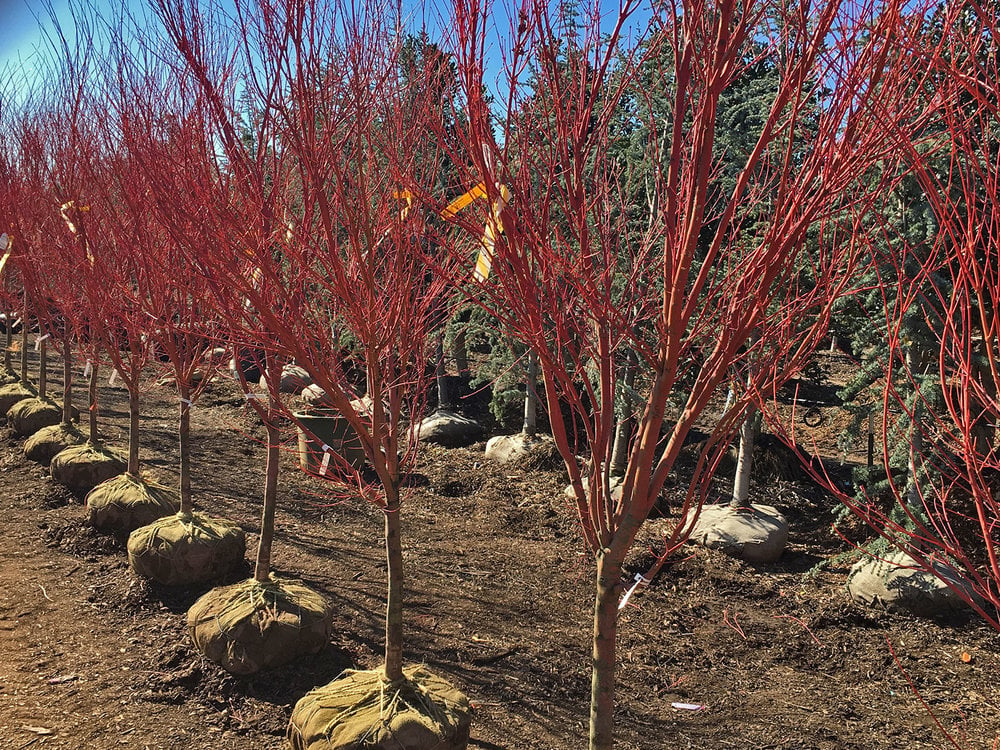
Maintaining Acer trees during the winter is crucial for several reasons. Proper winter care helps ensure the health, vitality, and longevity of the trees, allowing them to thrive and continue providing their beauty and benefits. Acer trees, like many deciduous trees, go through a period of dormancy in winter. Proper care ensures that the trees are well-prepared to withstand the cold temperatures, frost, and potential winter damage. Healthy Acer trees that are well-maintained during the winter are more likely to experience vigorous growth in the spring. Refer to the wide range of online guides for the best possible result.
Conclusion
Remember that the level of care required for your Acer tree during the winter might vary based on your climate, the tree’s age and size, and its specific location. Take help from various sources available on how better to take care of your acer during the cold season so that it does not get majorly damaged.
Acers are usually dormant during the winter season, so you should not worry if you witness heavy leaffall or a very dry tree. Make sure to follow the above instructions, especially watering the tree on time and avoiding overwatering so the roots do not get damaged.
Keep your tools ready throughout the season to chop off any damaged branches.

